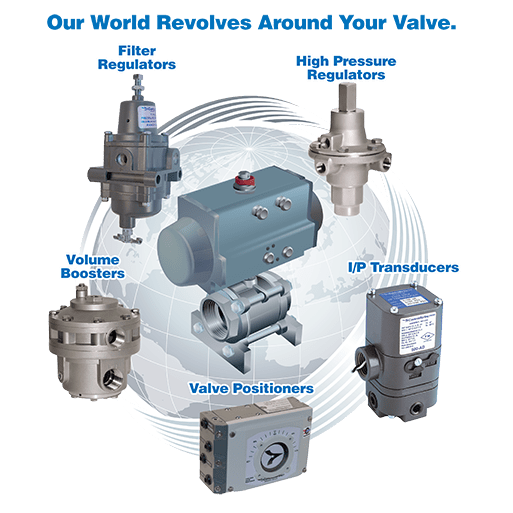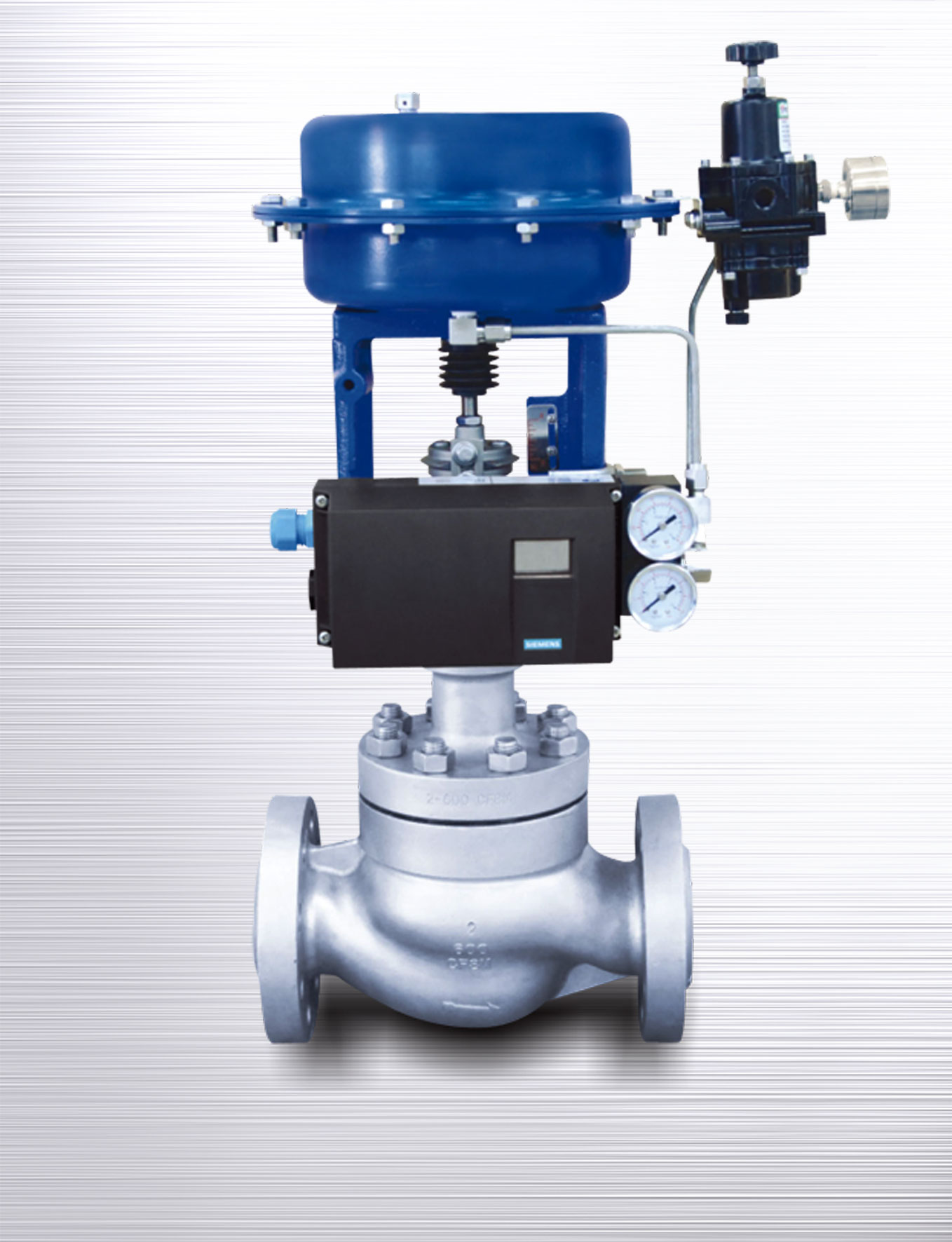Maximizing System Control with High-Performance Control Valves
Maximizing System Control with High-Performance Control Valves
Blog Article

Maximize Energy Savings and Comfort With Advanced Structure Automation Controls
In the world of modern-day style and facility management, the assimilation of sophisticated structure automation controls stands as a critical innovation. The convergence of innovation and sustainability has birthed a brand-new era where power performance, comfort optimization, and functional streamlining are no longer far-off ambitions yet achievable facts. By utilizing the power of automation, structures can adapt, respond, and advance in manner ins which were when unthinkable. The potential for considerable power cost savings and improved comfort is not just a possibility yet a pledge waiting to be met. This standard change in structure management holds the vital to unlocking a globe where environmental conscientiousness and resident wellness sympathetically coexist within the walls of our structures.
Energy Performance Advantages
Energy performance advantages can significantly reduce energy intake and operational prices in structures. Energy-efficient systems, such as innovative structure automation controls, can optimize the usage of resources like lights, cooling, and home heating, leading to lower power expenses over time.
In addition, boosted energy effectiveness can lengthen the life-span of structure devices and systems. By running more effectively, heating and cooling systems, lighting fixture, and various other building components experience much less damage, leading to lowered upkeep and substitute expenses. Additionally, energy-efficient buildings typically regulate higher building worths and rental prices, supplying long-lasting financial advantages to owners.
Additionally, energy effectiveness can enhance occupant comfort and efficiency. Effectively managed indoor environments with optimum lights and thermal conditions produce a more conducive and enjoyable workspace, resulting in boosted staff member contentment and efficiency. Overall, the energy effectiveness advantages related to advanced structure automation controls are complex, incorporating price financial savings, ecological stewardship, and occupant wellness.
Improved Comfort Control
Enhancing comfort control in structure environments requires an advanced combination of advanced automation systems for optimal occupant health. By making use of advanced building automation controls, facilities can customize the interior atmosphere to satisfy the details needs and choices of owners. control valves.
Enhanced convenience control surpasses standard temperature adjustments. It includes features such as personalized setups, occupancy sensing units, and natural light application to develop a vibrant and receptive environment. By incorporating these sophisticated controls, structures can not just improve comfort yet also improve energy efficiency by enhancing system procedures based on real occupancy and usage patterns. Inevitably, focusing on owner convenience with innovative automation systems leads to an extra enjoyable and healthier indoor environment.
Operational Effectiveness Improvements

In addition, the application of real-time monitoring and analytics tools enables structure operators to recognize power inefficiencies and operational anomalies without delay. By continuously monitoring power usage patterns and system performance metrics, changes can be made in real-time to maximize energy intake and make sure peak operational performance. control valves. Additionally, incorporating demand reaction methods into structure automation controls can better boost operational efficiency by dynamically readjusting energy usage based on grid problems and prices signals
Indoor Climate Optimization
Effective indoor environment optimization is a basic aspect of building automation controls, making sure occupants' convenience and wellness while making the most of power savings. By making use of advanced sensors and controls, constructing automation systems can continuously readjust and keep track of temperature level, humidity levels, air top quality, and ventilation to produce an optimal interior setting. Keeping comfortable and Your Domain Name constant problems not only improves occupant complete satisfaction but also enhances performance and general wellness.
Indoor environment optimization also plays a crucial role in energy performance. By fine-tuning air flow, air conditioning, and heating systems based upon real-time information and tenancy patterns, developing automation controls can dramatically reduce power intake - control valves. Applying techniques such as demand-controlled air flow and thermal zoning can aid decrease power waste while ensuring that each location of the building obtains the needed conditioning.

Sustainable Setting Creation
Building automation regulates not just maximize interior climate conditions for energy efficiency and occupant convenience but additionally lay the structure for creating a sustainable setting via tactical his explanation monitoring of resources and systems. By integrating advanced structure automation technologies, such as sensors, actuators, and intelligent software application, centers can adjust and keep track of power use in real-time to reduce waste and lower their carbon impact. These systems allow predictive upkeep, recognizing possible problems prior to they escalate and enhancing tools performance to improve durability and efficiency.
In addition, lasting atmosphere production expands past energy management to include water conservation, waste reduction, and interior air quality renovation. Structure automation controls can control water usage, find leakages, and make certain correct waste disposal techniques, adding to total sustainability initiatives. Additionally, by monitoring and controlling ventilation and purification systems, these technologies enhance owner health and wellness and performance while reducing power consumption related to cooling and heating operations.
Final Thought
To conclude, advanced building automation manages offer significant advantages in regards to power cost savings, comfort control, functional efficiency, indoor climate optimization, and producing a sustainable setting. By carrying out these controls, buildings can achieve optimal efficiency while lowering energy usage and enhancing passenger convenience. It appears that the use of advanced automation technology is important in improving building performance and developing a more sustainable future.
Energy performance advantages can significantly lower power consumption and operational expenses in structures. Overall, the energy efficiency benefits linked with innovative building automation controls are complex, incorporating expense financial savings, environmental stewardship, and resident wellness.
Furthermore, including need response methods into building automation controls can additionally improve functional performance by dynamically readjusting energy use based on grid problems and rates signals.
Building automation regulates not just maximize interior environment conditions for energy performance and occupant comfort but additionally lay the foundation for producing a sustainable setting via calculated monitoring of resources and systems.In final thought, advanced building automation controls offer substantial benefits in terms of power savings, convenience control, operational efficiency, indoor climate optimization, and discover this info here developing a lasting environment.
Report this page